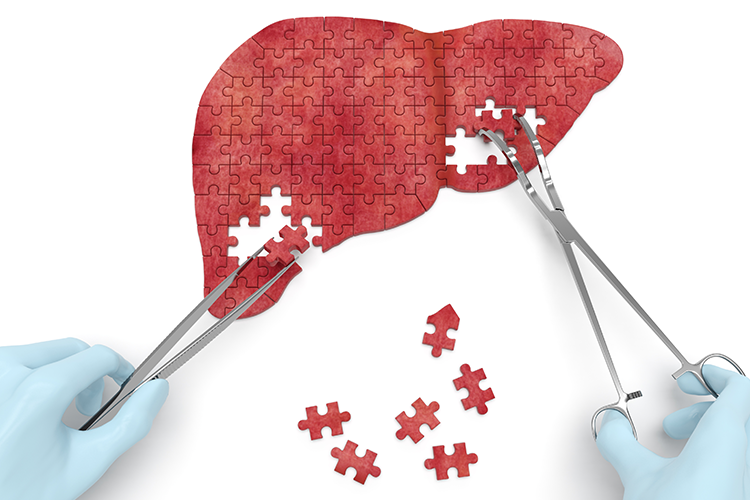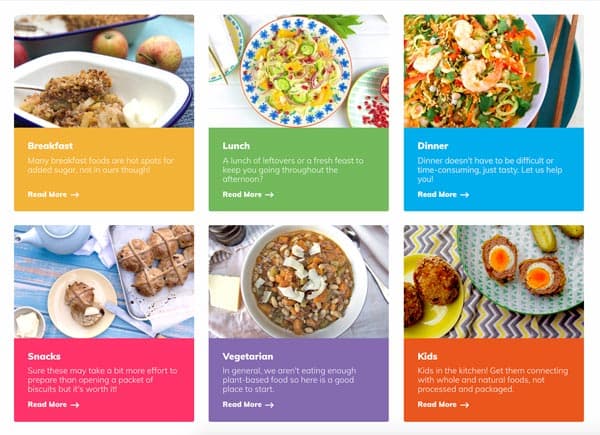Blog
The impact of different sugars on the liver
Few of us truly understand the magnificent work our liver undertakes day in and day out. It detoxifies, metabolises and produces compounds necessary to keep us alive.
However, when the liver is fatty, these functions are compromised leading to all kinds of health complications.
Historically, fatty liver disease was a result of too much boozing. Yet in recent years, kids are being diagnosed with it, referred to as non-alcoholic fatty liver disease (NAFLD) due to excess added sugar consumption, not alcohol.
Sugar is being dubbed the alcohol of the child.
There are many forms of added sugar in our food supply these days and around 80% of products on the supermarket shelf contains at least one.
Many added sugars comprise a combination of simple sugars, such as glucose and fructose. Standard table sugar, for example, comprises 50% glucose and 50% fructose.
As excess added sugar intake is linked to the development of NAFLD, obesity, type 2 diabetes and other metabolic illnesses, does it make a difference if the sugar is more fructose or glucose?
Researchers from Joslin Diabetes Center sought to find out.
Using mice, 6 dietary patterns were compared – a ‘normal’ or high-fat diet, supplemented with either plain water, water sweetened with glucose, or water sweetened with fructose.
After 10 weeks, any group drinking water containing either form of simple sugar gained weight. None on a ‘normal’ diet developed insulin resistance.
Those on a high-fat diet, however, saw significant differences in health outcomes depending on the simple sugar consumed.
Fructose-sipping mice became more obese and insulin resistant than the glucose group. Both developed some liver fat, but the composition of the fat was different.
Additionally, high levels of the enzyme ketohexokinase (Khk) were found in the fructose group. Khk, produced by the liver, is used in the first step of fructose metabolism.
The scientists then examined fatty tissue from livers of obese human teens. They found the same high levels of Khk enzyme, indicating fatty liver is induced by high fructose consumption.
This study offers insight into possible treatment pathways, via the Khk enzyme, for fatty liver moving forward.
However, the first line of treatment should always include a shift in diet to one low in all added sugars and predominately real food.
Fats and fructose
Following this study, keep in mind typical ‘high-fat’ diets in studies are likely not referring to nourishing sources of healthful fat, rather the over-consumption of the unhealthful fats found in heavily processed junk and packaged foods typical of the ‘Western diet’.
When considering fructose consumption, keep in mind it is a naturally occurring sugar in real, whole food such as fruit. While it can be used as an added sugar, eaten as part of a real food we’ve less cause for concern due to fructose being packaged up with fibre, water and various beneficial nutrients and phytochemicals.
It is when fructose is consumed regularly in excess, whether as table sugar, a can of soft drink or fruit juice, for example, that it becomes problematic.
Fructose can only be metabolized by the liver. Overdo it and the liver stores excess sugary energy as fat and its function is compromised. Boo.
For good health, short and long-term, we need a strong, functioning liver. So, limit ‘crap’ food and drink (including added sugars to 6 teaspoons (25g) per day), and wherever possible keep food real.
By Angela Johnson (BHSc Nut. Med)
References:
- Softic, S, Gupta, MK, Wang, G, Fujisaka, S, O’Neill, BT, Rao, TN, Willoughby, J, Harbison, C, Fitzgerald, K, Ilkayeva, O, Newgard, CB, Cohen, DE, & Kahn, CR 2017, ‘Divergent effects of glucose and fructose on hepatic lipogenesis and insulin signaling’, The Journal Of Clinical Investigation.












